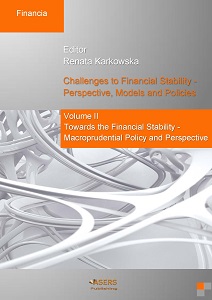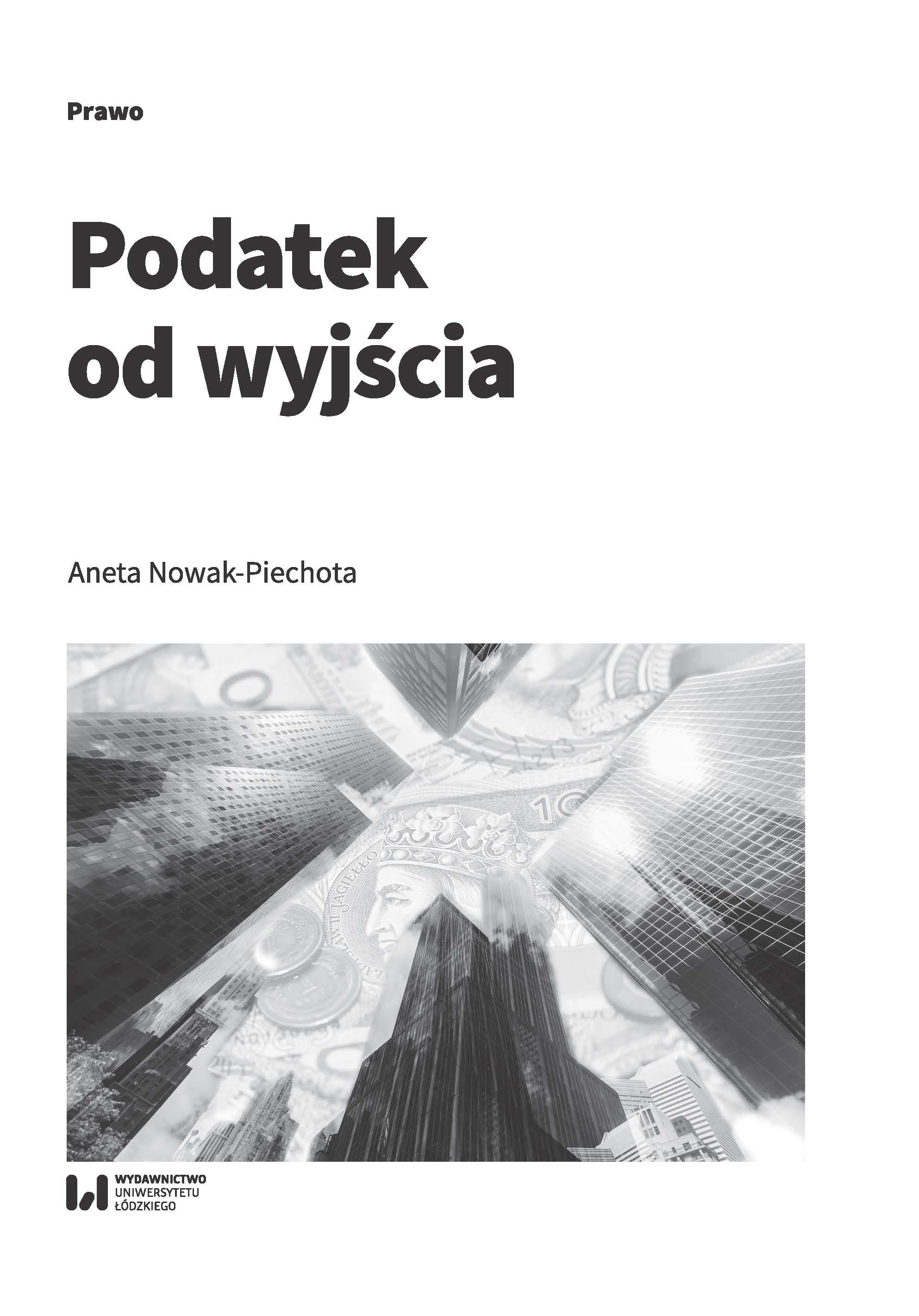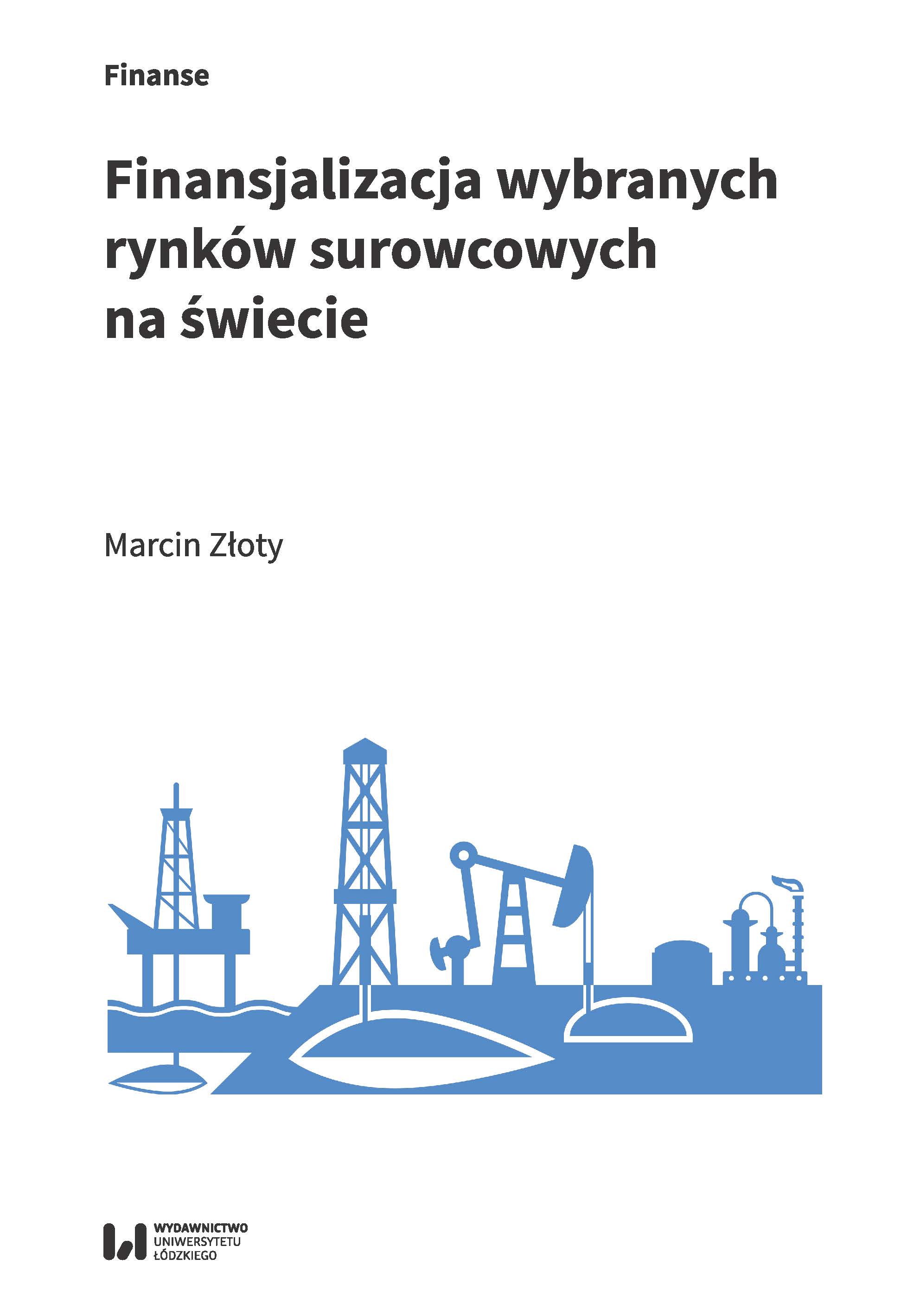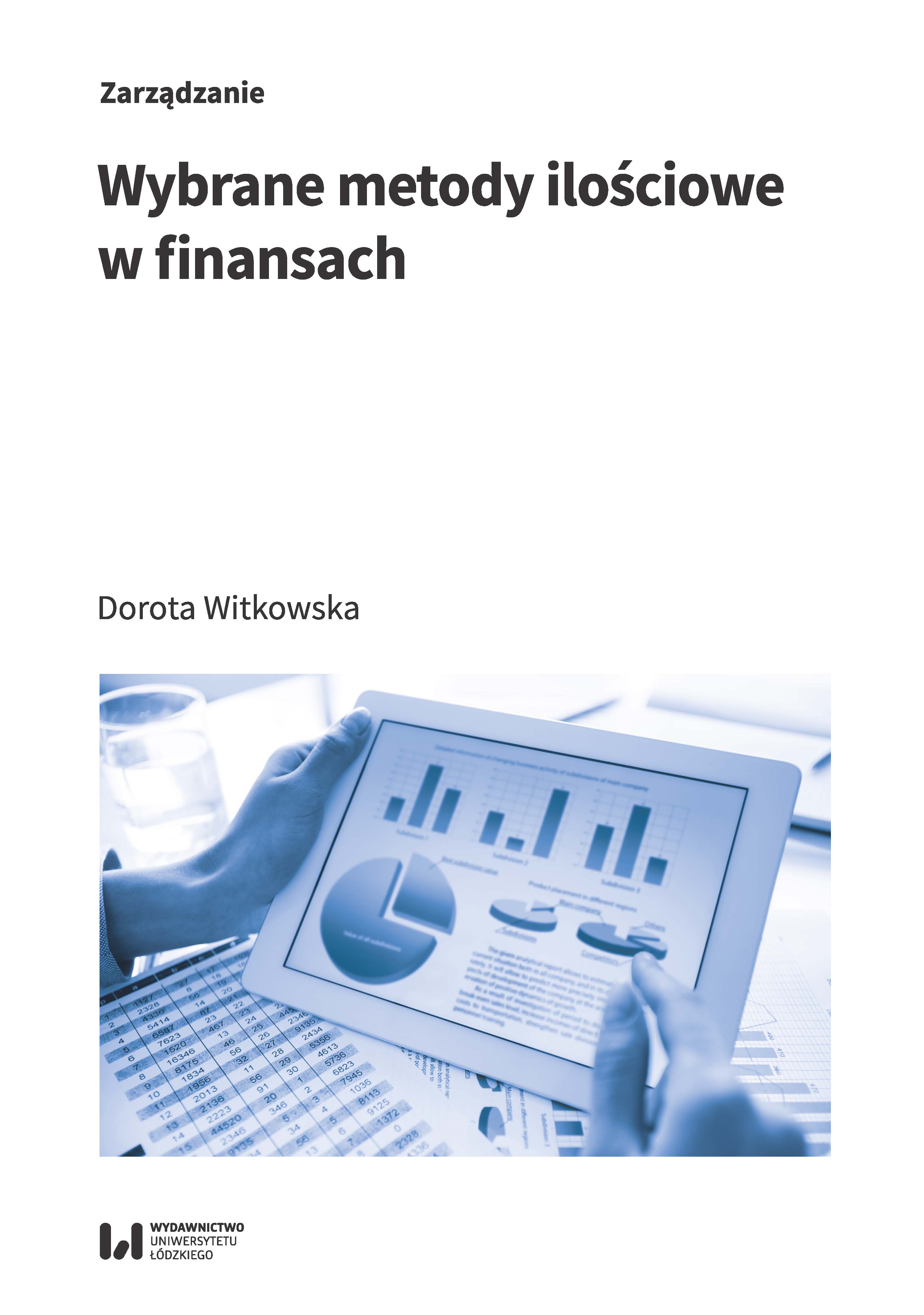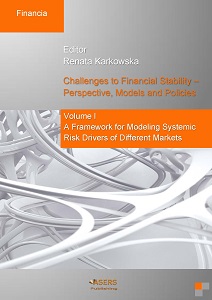
Challenges to Financial Stability – Perspective, Models and Policies - Volume I - A Framework for Modeling Systemic Risk Drivers of Different Markets
During the global financial crisis exchange stock markets fell by more than 40% in Europe, USA or Japan. Real economy stopped, which was seen in international trade, direct investments and industry. These declines illustrate the scale and impact of systemic risk and its local and global consequences. In response, international supervisory and regulators have identified causes of the global financial crisis and took necessary steps to create stability of financial system, discipline in risk-taking, leverage and management of systemic risk. At the present, the global economy is facing some critical factors - supervisory improvement to minimize the risk and its impact of economy and simultaneously market participants examine the multi-faceted nature of regulation. The question is how to make sure that regulation are suitable for potential risk exposure and appropriate to financial institutions capitalization? The other topic is measures of systemic risk factors associated funding, profitability and bank liquidity through stress testing and economic analysis. What is the current level of systemic risk in the global financial system? The increased complexity of financial markets is a relatively new challenge that requires a fundamental shift in our thinking with respect to risk measurement. But we cannot manage what we do not measure. It is unlikely that a single measure of systemic risk will suffice. We anticipate that the variety of inputs ranging from financial stability, liberalization, concentration, and connectedness will all be revealing. Meaningful measurement requires a clear definition of systemic risk and thoughtful modeling of it. There are three major components to the challenge of monitoring systemic risk: the availability of data, modeling and measurement. Practical aspects of monitoring of systemic risks are, therefore, high on the policy of regulatory and supervisory community. Meet to this crucial problems regulators discuss aspects of macro-prudential frameworks, including Basel III capital buffer and monitoring of financial systems in order to detect vulnerability signs. Last years, policy makers, regulators and academics have been exploring questions related to financial stability, systemic risk and regulation. Thus, the goal of this book -Challenges to Financial Stability - Perspective, Models and Policies - is to encourage the exchange of new ideas about challenges in global trends in finance in the view of wide aspects of current critical perspective of financial system evolution. This special book addresses answers of these difficult questions. The target audience for this publication is academics, researchers and policy makers engaged in various disciplines such as evolution of the financial system, empirical financial analysis, macro and micro economic, including banking, currency and capital market, financial market liberalization and regulation, risk measurement & management. I expect that this special book will shed light on some of the challenges to stability of global financial system. The book consists of 19 chapters that are organized in 2 volumes - I. A Framework for Modelling Systemic Risk Drivers of Different Markets; II. Towards the Financial Stability -Macroprudential Policy and Perspective.
More...
